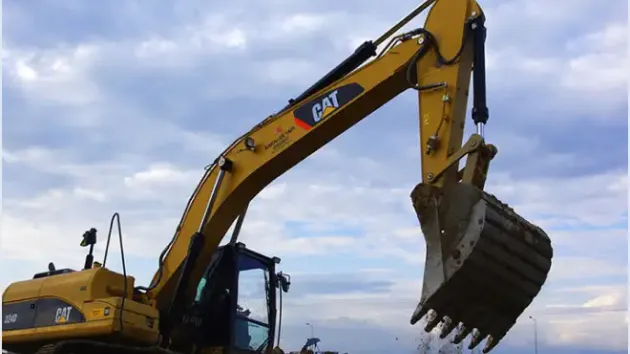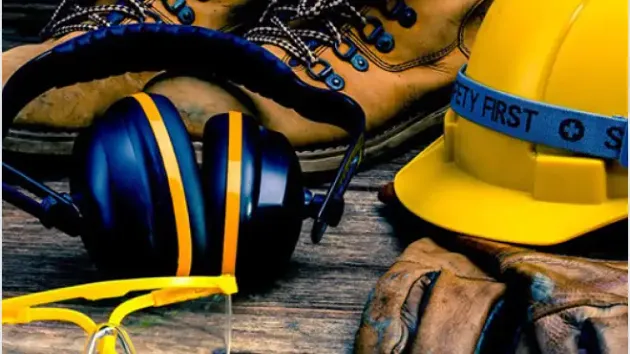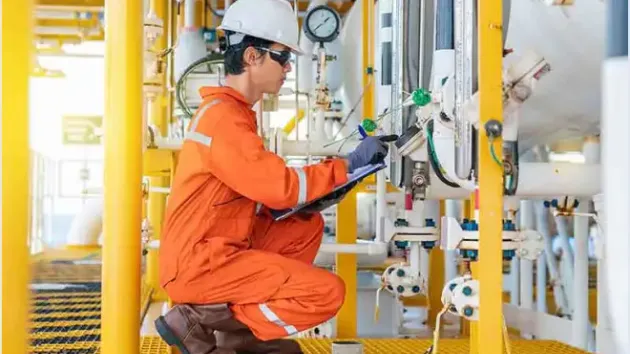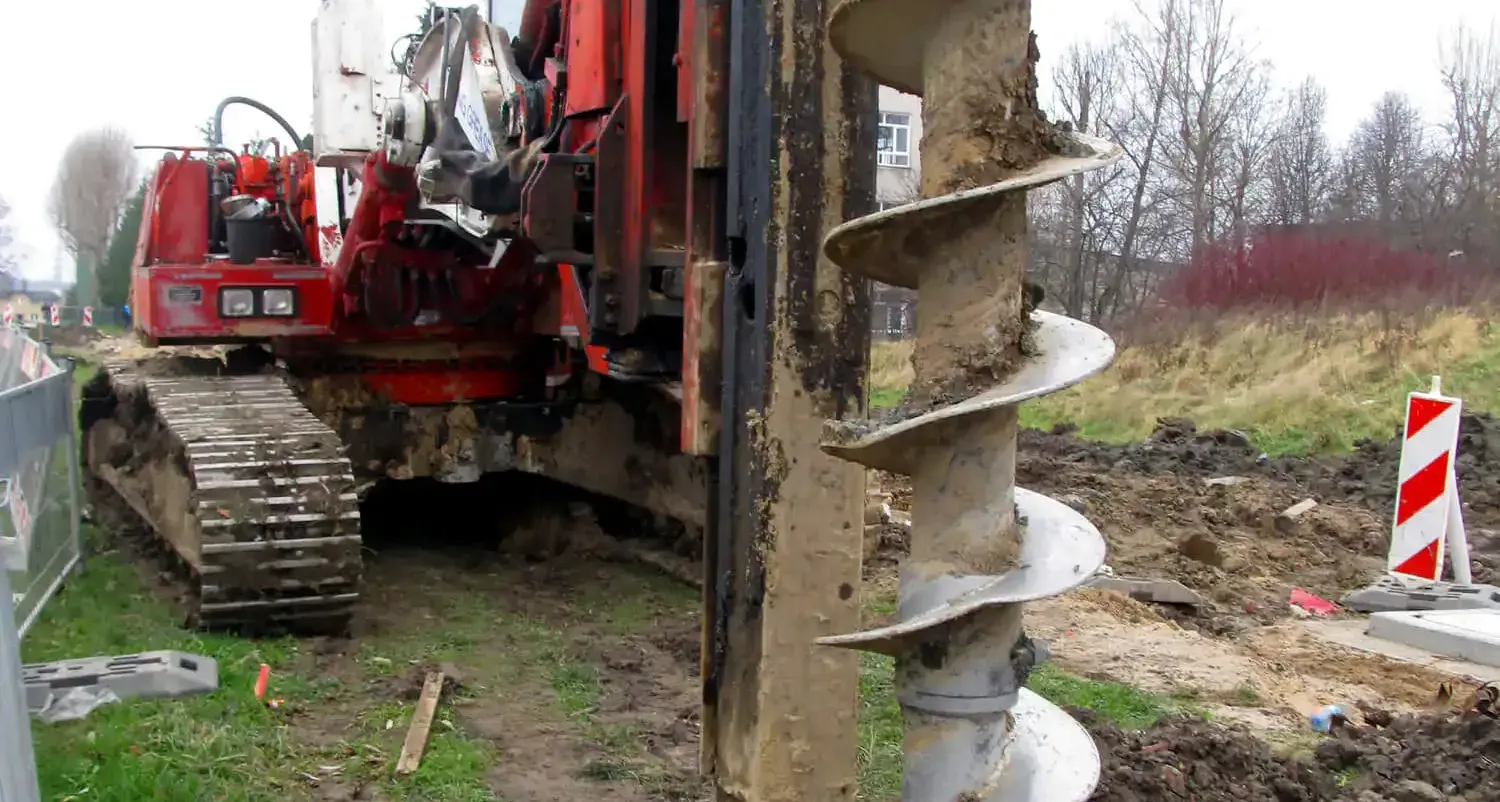Introduction
Drilling is one of the most fundamental and most dangerous steps in the extraction of oil and gas. The process is also common in the construction, agriculture, and landscaping industries, where it is usually carried out with the help of an auger or special drilling device. The risks of both drilling and augering can be minimized with proper training for employees.Potential Hazards
The most common risks associated with drilling and augering are:
Crushing Injuries.
Due to the fact that drill rigs are large, heavy, and slow machines, any wrong movement can result in their toppling over. Any worker caught underneath a unit can suffer grave crushing injuries and even death. Furthermore, loose clothing or hair can get caught in the moving or rotating parts of a rig, which can be fatal if the worker is dragged into the latter.Exposure to H2S and Other Gases.
Especially in the Oil & Gas industry, workers who operate drilling rigs may be exposed to Hydrogen Sulfide, a dangerous and potentially deadly gas that must be handled with great care or avoided altogether.Accidental Falls.
Platforms and walkways on drill rigs are often elevated and slippery. Workers can fall and suffer serious injuries, especially if they are not trained to minimize fall damage.Electrocution.
Drilling and augering can take place in areas that are traversed by either overhead or underground power lines. The contact between exposed human skin and such power lines can lead to electrocution and other serious accidents. Even when a worker is not exposed, drilling into an electrical installation can cause exorbitant property damage.
Incident Prevention
There are a number of safety practices that operators can learn in order to maintain their safety and that of their colleagues. To begin with, workers must never move a drilling rig when the mast is raised, unless they are operating on levelled ground. In addition, operators must always double-check their position and surroundings before moving a rig. This includes checking for any people that might be in the way of the machine, as well as for overhead obstacles such as power lines.
Workers must ensure that their clothing is not loose and that their hair, if long, is properly tied or netted. When operating a drilling rig, they must also ensure that the clothes and hair of colleagues working around the machine are not loose. Adequate equipment must be worn at all times, which includes a respirator when exposure to dangerous gases might occur.
Although these and other techniques can decrease the frequency of accidents, the most effective way to create a safer work environment is to ensure that all employees who operate either a drilling rig or an auger have received proper training.
Recommended Safety Courses



What You Can Do to Stay Safe
If your work required that you operate drilling rigs and/or augers on a frequent basis, it is essential to understand that your safety depends first and foremost on your knowledge and training. It is far more effective to prevent a hazard from ever taking place, rather than to deal with the consequences of one. As such, undergoing sufficient safety training is the first step towards a safer work environment for you and your colleagues.
Drilling and augering may be performed by workers in different industries. These include:
- Drillers, mudloggers, miners, and pipeline technicians in the Oil & Gas industry.
- Geophysicists, petrophysicists, drillers, riggers, and blasters in the Seismic industry.
- Miners, drymen, drillers, blasters, and geophysicists in the Mining industry.
- Construction laborers and equipment operators in the Construction industry.
- Farm hands and vehicle operators in the Agriculture industry.
For a complete list of safety courses recommended for each of these jobs, please consult their corresponding industry pages.



